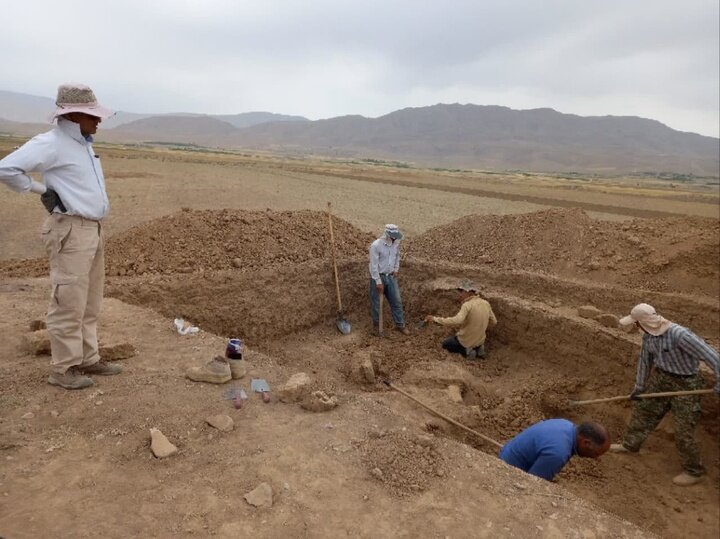INSUBCONTINENT EXCLUSIVE:
region, northeast Iran.It is the fifth archaeological season on the ancient site aimed to sharpen the focus on hidden gems of cultural
heritage in Viranshahr, which is situated near the city of Faruj in North Khorasan province.The survey is co-led by Meysam Labbaf-Khaniki of
Aix-Marseille.Last year, the team unearthed the ruins of a fortified structure during the fourth archaeological season
Based on initial evidence, experts from the Louvre and the University of Tehran, the structure had a religious or administrative use in its
heyday.According to Labbaf-Khaniki, many historians and archaeologists believe that Viran-Shahr is the birthplace of the Parthian Empire
adopted the art, architecture, religious beliefs, and royal insignia of their culturally heterogeneous empire, which encompassed Persian,
Hellenistic, and regional cultures
At its height, the Parthian Empire stretched from the northern reaches of the Euphrates, in what is now central-eastern Turkey, to eastern
Under Sassanids, Persian art and architecture experienced a general renaissance
Architecture often took grandiose proportions, such as palaces at Ctesiphon, Firuzabad, and Sarvestan, which are amongst the highlights of
northeastern Iran, southern Turkmenistan, and northern Afghanistan
The historical region extended along the north, from the Amu Darya (Oxus River) westward to the Caspian Sea and, along the south, from the
fringes of the central Iranian deserts eastward to the mountains of central Afghanistan.AFM

